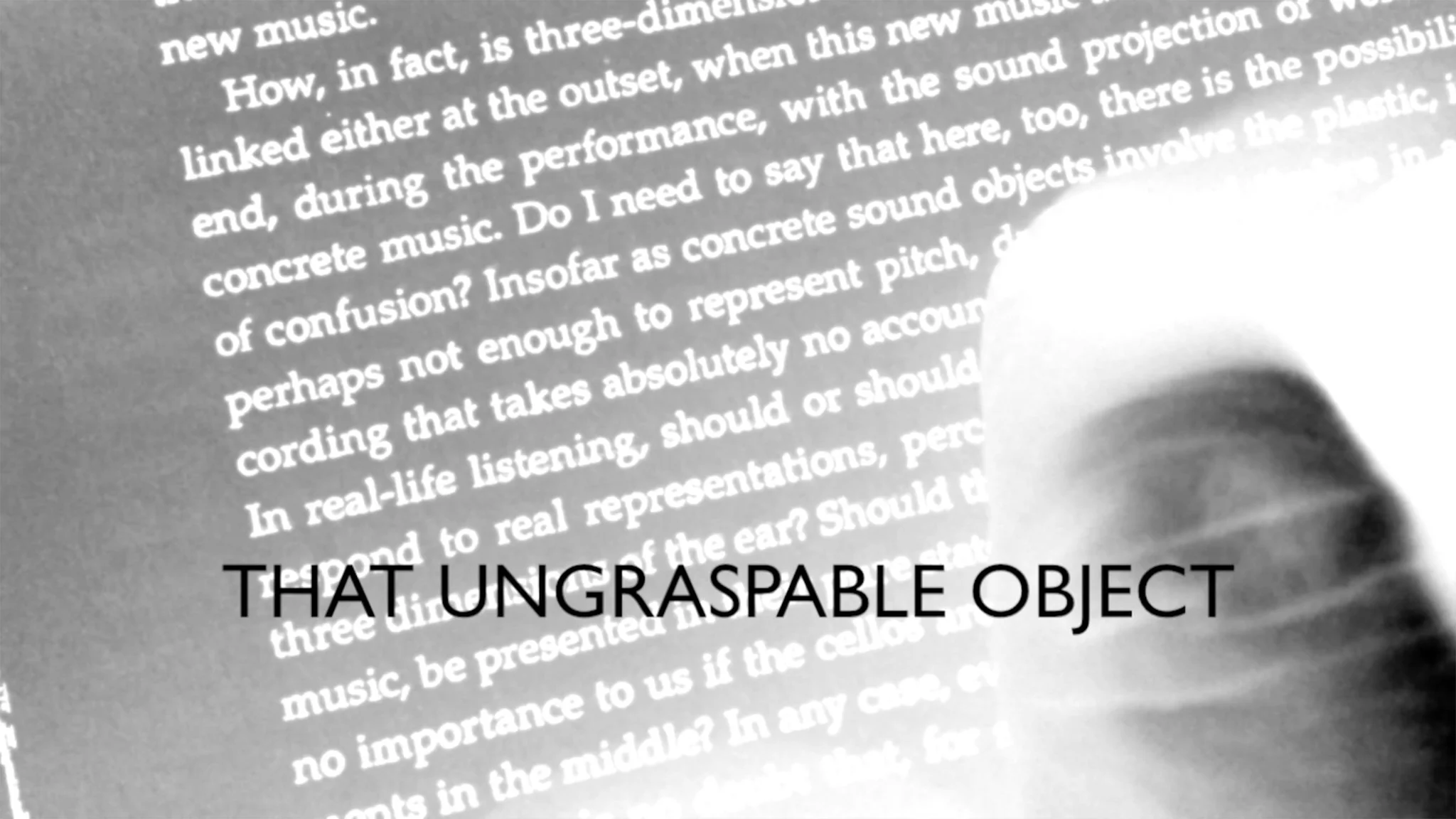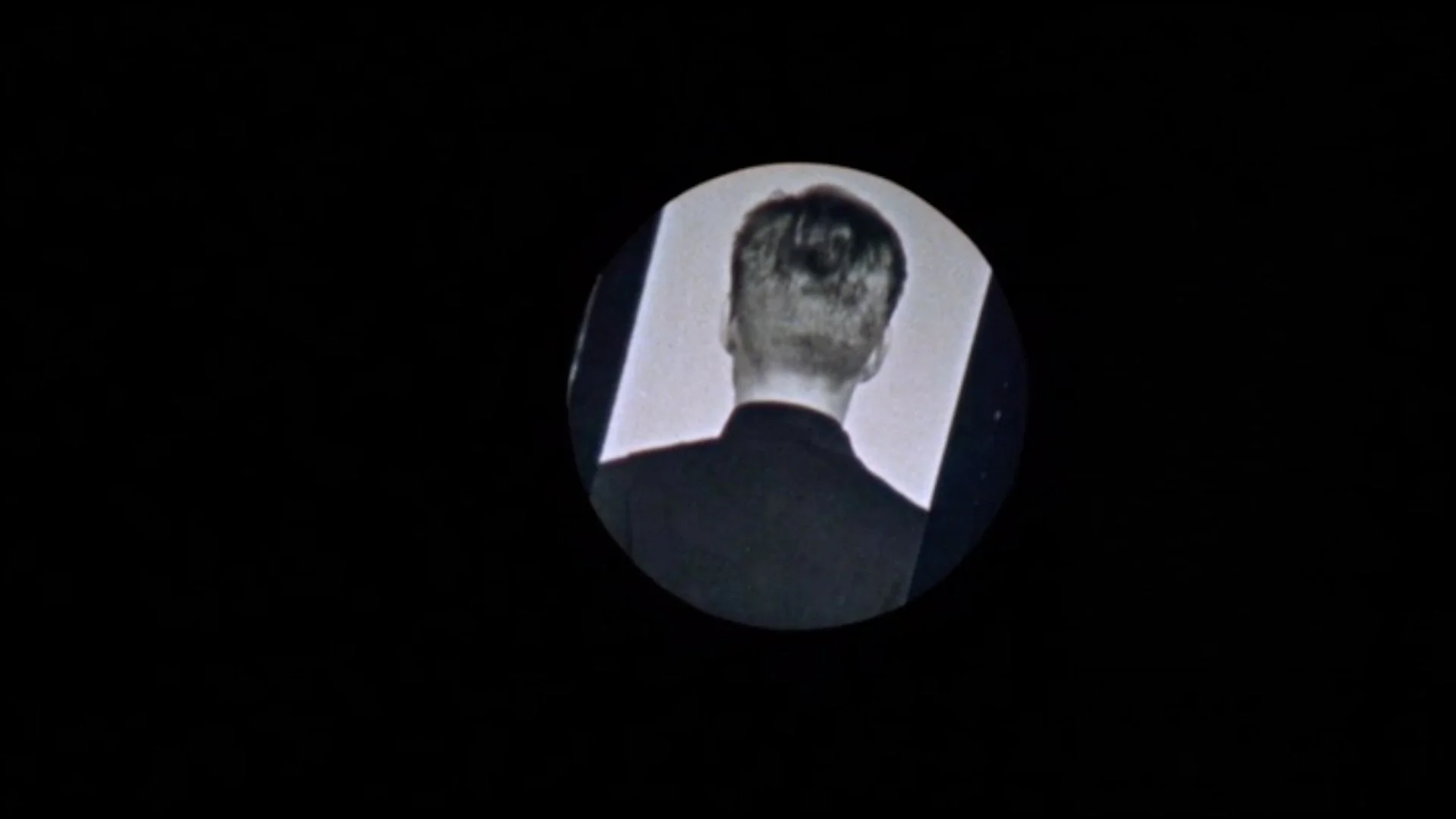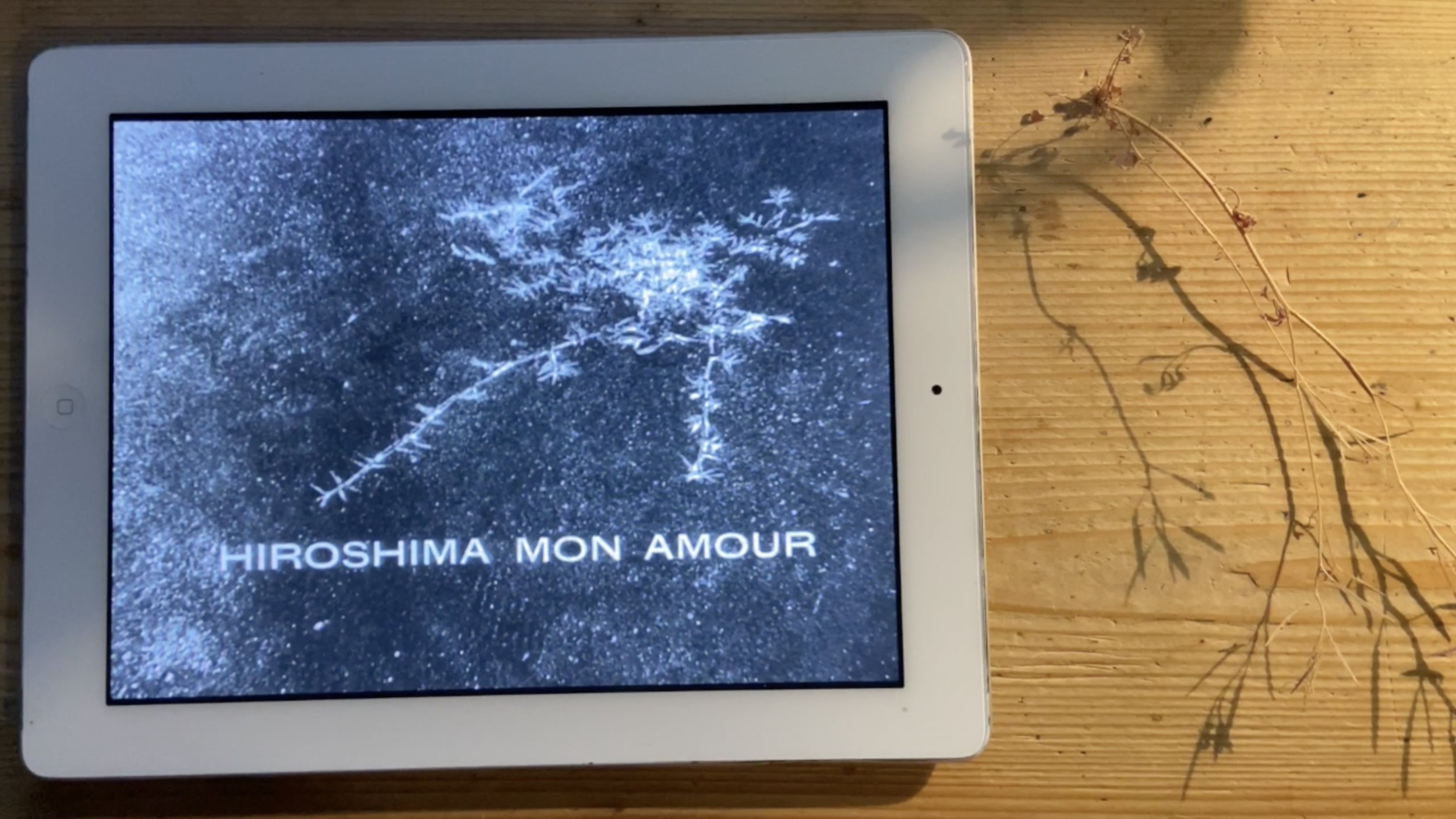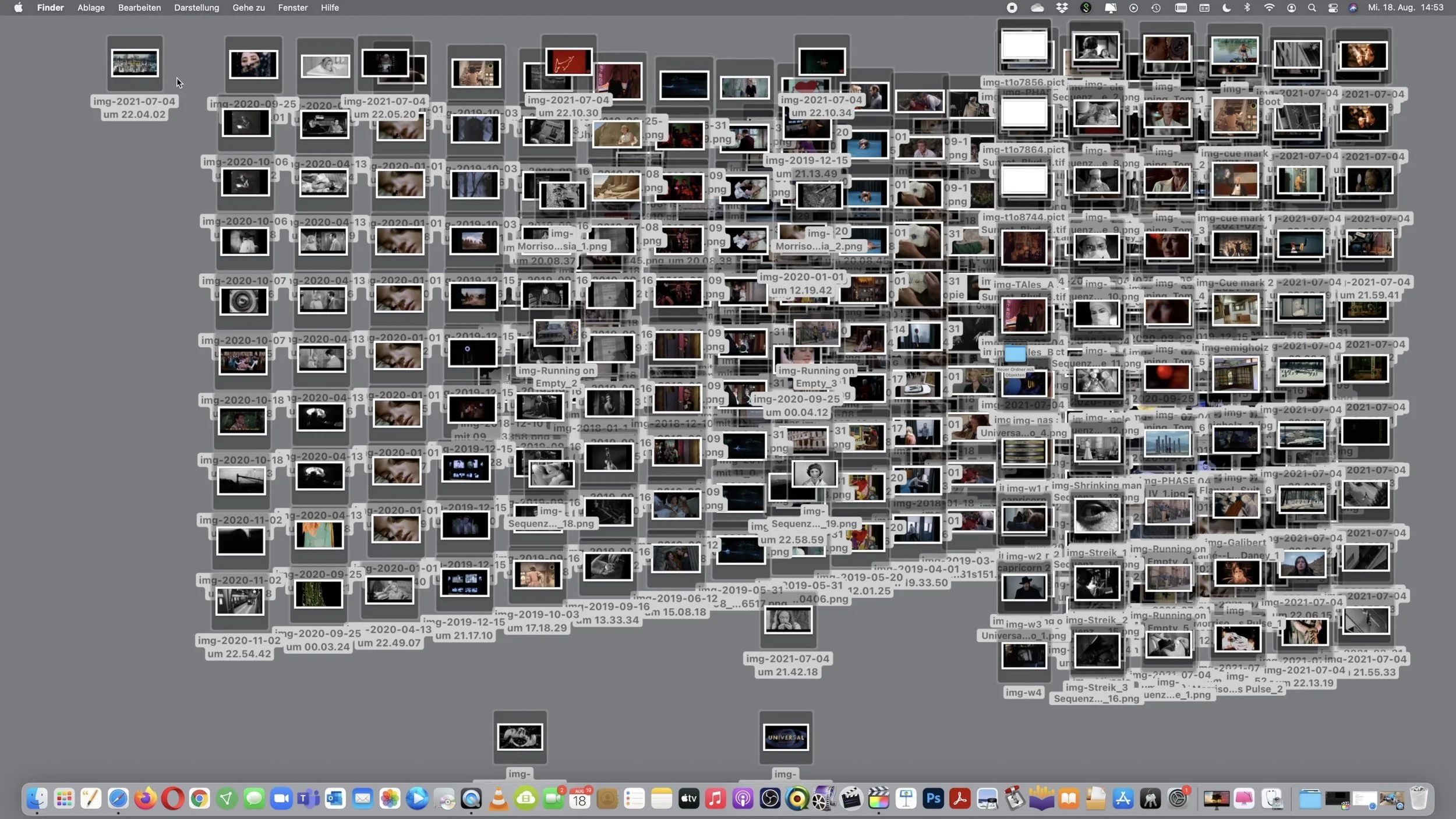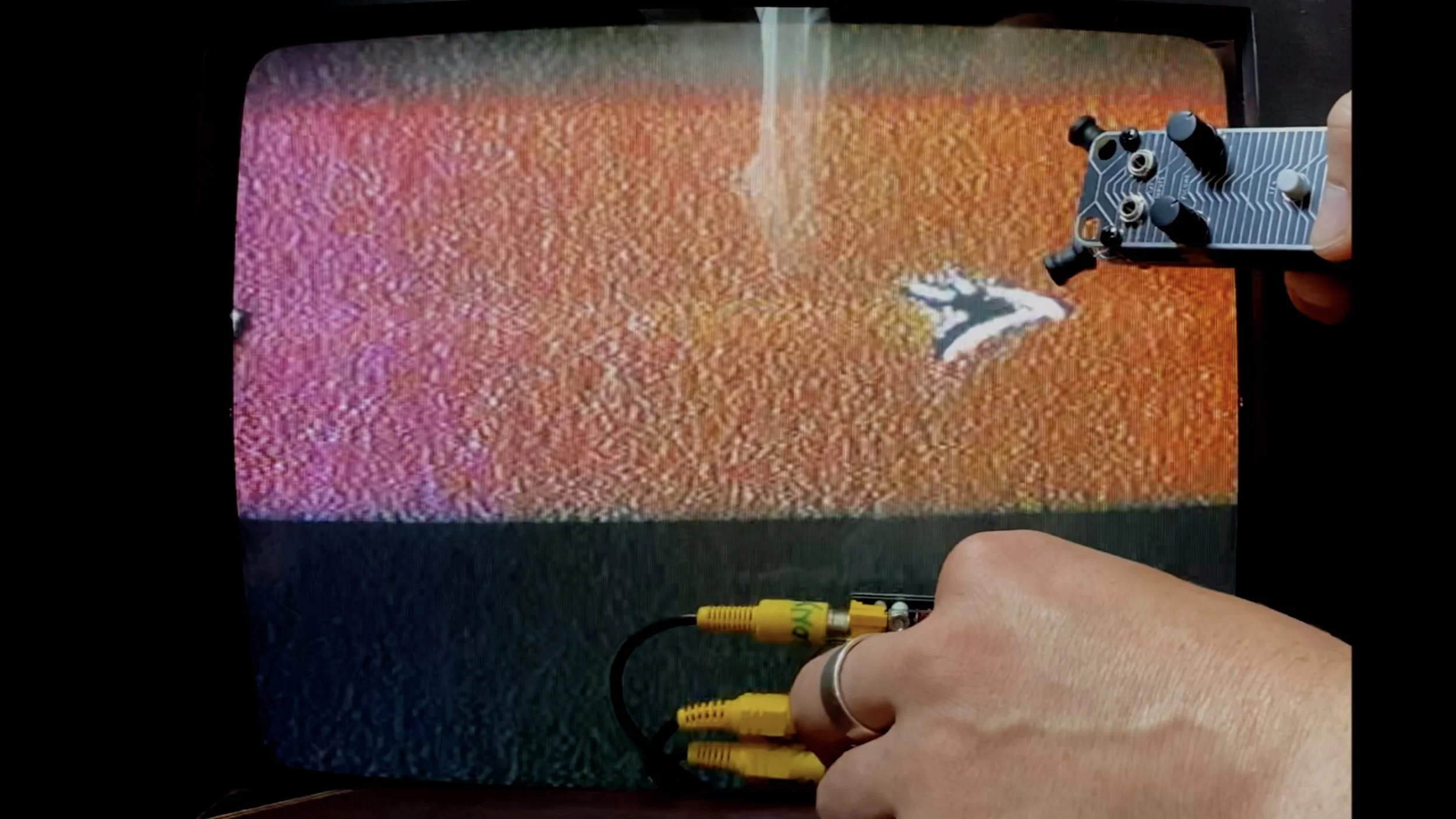Our fourth film program focused on video essays
with senior researcher in cultural and media studies, video essayist and experimental filmmaker
Johannes Binotto
It was available here from December 14 - 21, 2021
with an audio interview with Johannes
Biography of Johannes Binotto
Dr. Johannes Binotto (*1977) is senior researcher in cultural and media studies, video essayist and experimental filmmaker. Several of his video essays have been shown at international short and experimental film festivals and have been featured in the yearly Best-video-essay-polls hosted by Sight&Sound and the British Film Institute.
Johannes Binotto teaches film and media studies at the Lucerne School of Art and Design (HSLU) as well as literature and cultural studies at the University of Zurich. In his research and in his video work he has a specific focus on the intersections between film theory, philosophy of technology, and psychoanalysis, as well as on extraordinary bodies and on multi-sensory affects.
Many of his numerous publications, essays, book chapters and videos can be found on his personal website www.medienkulturtechnik.org
He is currently also leading the research project funded by the Swiss National Science Foundation: VideoEssay. Futures of Audiovisual Research and Teaching videoessayresearch.org
A selection of videos
Touching Sound (2018)
4 min 41
Sound as matter, sculpted by the videographer’s hand.
A scene from an old classic: The femme fatale’s hand touches a dangerous box. Stop the scene and she’s touching a different object – the elusive and ungraspable object of sound. Her gestures seem to mirror my own videographic practice: my fingers on the keyboard transform the film object. This essay is handiwork in the literal sense: the trembling image and the stuttering soundtrack are the result of my hands intervening in the course of the film, getting my fingers burnt.
Reproduction Interdite (2019)
4 min 53
What is there to see when characters turn their back on us? By hiding the faces these images point towards another presence, both familiar and uncanny to us all: there’s an off-space we all carry with us but can never look at without optical help. The part of us, where we become strangers to ourselves.
Follow the Cat (2019)
9 min 35
A cat video of a different sort.
Following a cat in Alfred Hitchcock leads to other cats and other films, to radical politics and the trouble with the gaze.
Crossings (2020)
4 min
A magical film scene, bringing into play the questions of otherness and identification, of desire as queer and transgressive, and of film (and media in general) as that which is caught between transparence and opacity.
I always felt to be part of this moment and wished I could literally enter the film. And I did.
Key/Frame (2020)
2 min 20
In digital video, keyframes are those images which serve as anchoring points for all the other images. By removing them the video becomes unstable: A digital automaton working against cinema’s obsession. The film’s images which have turned female body into fetish shall no longer hold.
Trace [Gestures towards HIROSHIMA MON AMOUR]
3 min 36
Just one image to work on.
No cuts.
No explanatory words.
Just gestures.
Just one image from HIROSHIMA MON AMOUR by Alain Resnais and Marguerite Duras that I keep touching upon – without ever being able to grasp it.
Practices of Viewing: Screenshot (2021)
8 min 33
In the background of all the films I watch there are these screenshots that keep accumulating on my hard drive. Hundreds, thousands. When I see them I think of all the difficulties we once had with trying to obtain these images hidden within a film. And how easy it is today. And it makes me dream about what this images could be doing together, without my knowledge.
Metaleptic Attack (2021)
6 min 07
Remake a film by destroying it – making it even more frightening than it ever dared to be, by letting the film attack my own viewing and editing machines. And vice versa.
When Alfred Hitchcock for his 1963 film THE BIRDS instead used electronic instead of natural sounds he did so because of the ability of these disturbing sound objects "to vibrate on more than just one level". The electronic sound not only oversteps the boundary between living being and machine, but also between the content and form, as if the shrieking sounds of the birds attack both the characters within the film and the film itself.
WF Online series included four curated screening programs each giving a curatorial focus featuring Basel, Swiss and/or international productions. Each program was available for one week, accompanied when possible with interviews with the filmmakers.
February 2021 (17 - 24): Indigenous Peoples
May 2021 (12 - 19): Touching Realities
October 2021 (24 - 31): Sustainability
December 2021 (14 - 21): Video essays
This project was made possible thanks to the financial support of the Mary & Ewald E. Bertschmann-Stiftung and the Division of Cultural Affairs Basel-Stadt.



